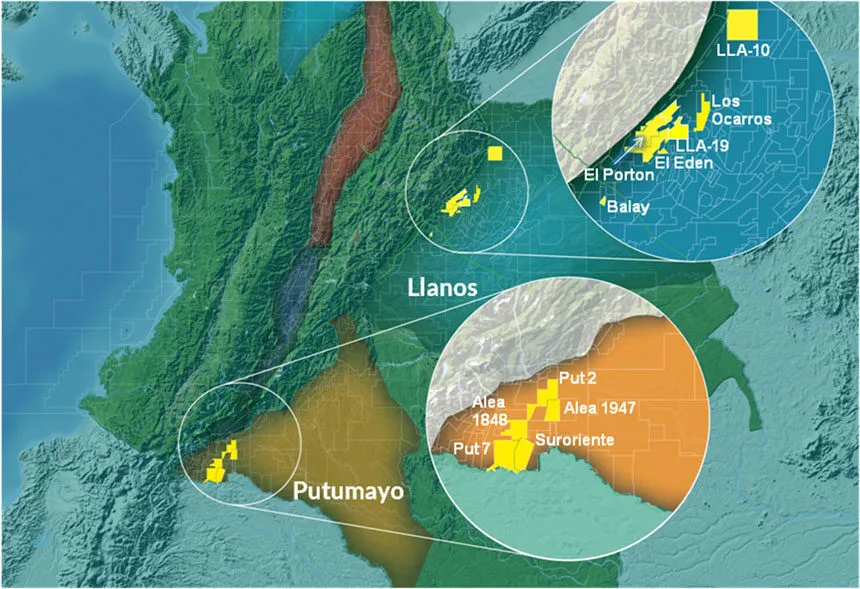Colombia, one of the largest economies in South America, has stood out in the oil industry for several decades. Oil plays a crucial role in the Colombian economy, not only providing government revenue but also significantly contributing to the country’s economic development. This article analyzes the oil reserves in Colombia, the current production status, challenges, and future prospects.
1. Current Status of Oil Reserves in Colombia
Colombia currently has estimated oil reserves of approximately 2.4 billion barrels, according to data from the Colombian Ministry of Mines and Energy. Although this figure is not as high compared to some of the world’s leading oil-producing countries like Venezuela, Saudi Arabia, or the U.S., Colombia remains one of the largest oil exporters in South America.
The country’s oil reserves are primarily concentrated in the northeastern regions, particularly in the provinces of Arauca, Casanare, and Meta. These fields have been exploited since the 1980s and have played a significant role in increasing the country’s oil production.
2. Oil Production and Exports
Colombia is the third-largest oil producer in South America, following Brazil and Venezuela. The country’s average daily oil production in recent years has ranged from 700,000 to 800,000 barrels. Oil accounts for about 20% of the country’s total government revenue and approximately 50% of total export value.
Colombia’s oil export market primarily targets the U.S., Europe, and several countries in Asia. Access to international markets has helped Colombia enhance its position in the global oil industry.

3. Challenges Facing Colombia’s Oil Industry
Despite its potential, the oil sector in Colombia faces several significant challenges. One of the biggest challenges is security. Armed groups and terrorist organizations have attacked oil facilities in the past, reducing production and increasing security costs.
Moreover, environmental issues are becoming a major concern. Oil extraction has led to pollution, affecting the lives of local communities and diminishing biodiversity. This has resulted in pressure from environmental organizations demanding stricter environmental protection measures from the oil industry.
4. Government Policies and Investment
The Colombian government has implemented various policies to attract investment in the oil sector. One of the key policies has been the reform of extraction laws to facilitate foreign companies’ participation in the oil industry. The government has also invested in infrastructure to support the oil sector, including building pipelines and export ports.
Colombia has signed multiple contracts with international oil companies to explore and exploit new oil fields. The presence of major companies like Ecopetrol, ExxonMobil, and Repsol has created significant resources for developing oil reserves.
5. Future Prospects for the Oil Industry
The future prospects for Colombia’s oil industry will depend on various factors, including global oil prices, political stability, and environmental management capabilities. With oil prices trending upwards after previous declines, Colombia could seize this opportunity to further develop its oil sector.
Additionally, Colombia is also working towards energy transition and exploring alternative energy sources. Investing in renewable energy could become a vital part of the country’s sustainable development strategy, helping to mitigate the oil industry’s impact on the environment.
Conclusion
Oil reserves in Colombia are a crucial factor in the economic development of the nation. Despite facing challenges such as security issues and environmental concerns, with supportive government policies and investment from international companies, Colombia’s oil industry has strong growth prospects for the future. By combining oil extraction with renewable energy sources, Colombia can build a sustainable energy economy and contribute to global development.
